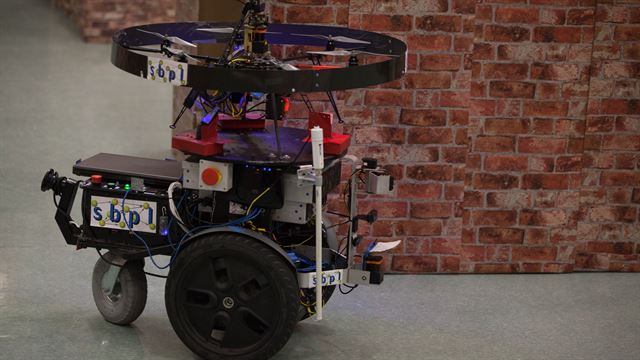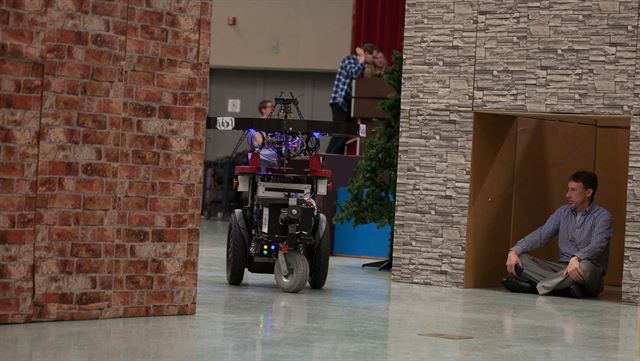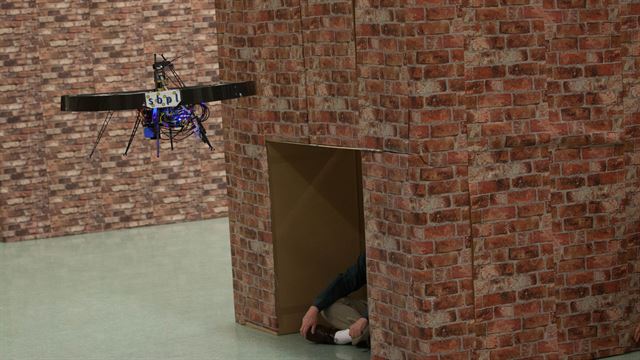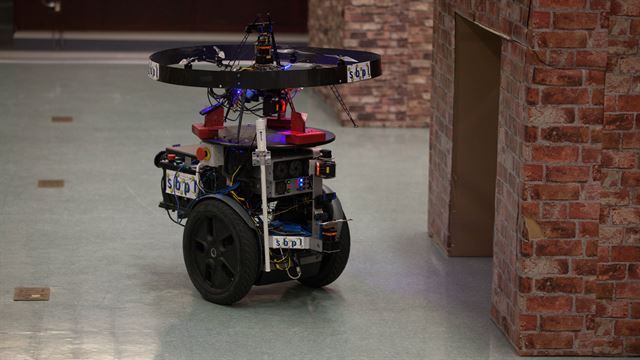Inside the Warfighting Lab at Quantico, Virigna, the Marine Corps is busy building battlefield robots to operate in independent teams. Remote-controlled robots and drones currently perform tasks from explosive ordnance disposal to airstrikes, but remote control requires a controller. “We need to move toward autonomy,” Colonel Jim “Jinx” Jenkins said in a presentation at the Association for Unmanned Systems International’s Xponential conference, Ars Technica reports.
Jenkins and his team at the Marine Corps have developed the Unmanned Tactical Autonomous Control and Collaboration (UTACC) program with the intent to train drones to act in “multidimensional uncrewed system teaming.” In other words, the Marine Corps wants these machines to operate as autonomous swarms, collaborating with each other like a well-drilled unit of troops, to support human soldiers in the field.
Despite the benefits of deploying remote-controlled robots and drones, these machines take their operators out of the fight. Jenkins explained how operators often become vulnerable, as they focus on the robots’ tactics and positioning rather than their own. Thus, the operator needs another soldier to guard his or her back. “A marine is driving [the drone], so we haven’t improved our manpower situation, and sometimes it costs more manpower,” he said.
One of the UTACC’s initial conceptual tests involves a land-based robot supported by an airborne drone. According to Jenkins, “The ground vehicle launches the air vehicle to fill in gaps in its sensor picture,” which they then relay back to an operator. Cargo carrying is another application considered by the Marine Corps, which has already funded development and testing of robots that load ammunition on and off helicopters, thousands of feet over rough terrain, to secluded military posts.
Though the robot teams may be relatively autonomous, Jenkins raised concerns about letting robots roam entirely independently and insisted human operators will still play an integral role in their deployment. He said, “As you talk about unmanned systems, the topic of trust comes up. At what point am I going to trust a machine to pull the trigger? As we start to let machines make decisions for us, we can’t give up basic human judgement.”






